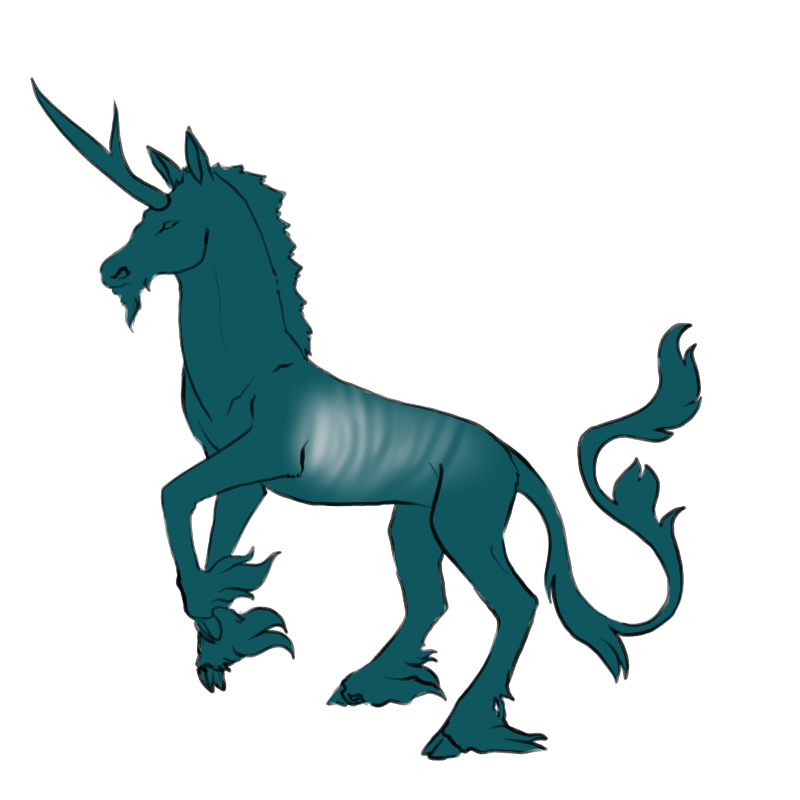Traits
Rabicano
Creates thin, vertical streaks that appear lighter than what lays beneath it. They must have a very soft or gradient edge. It may appear anywhere on the dragon, but should cover at least 25% or the sides of your dragon.
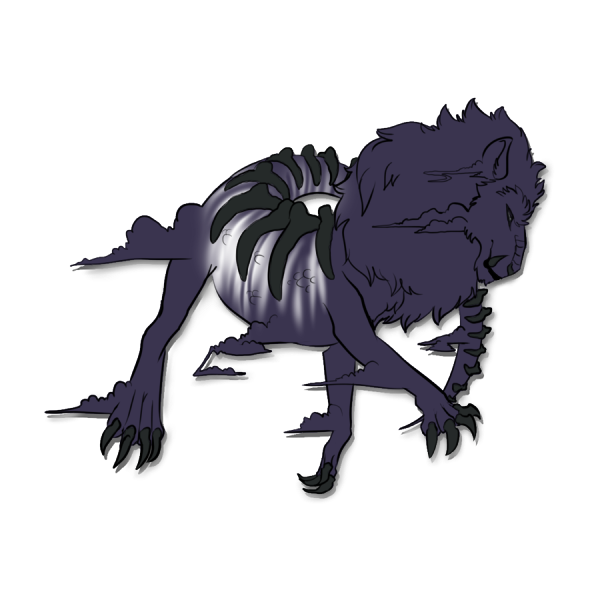
Texture Rules
The stripes must blend into the scales. A little texture is allowed as long as the transition to the base is smooth. They will never be solid stripes. Here are some examples of acceptable textures and coverage:

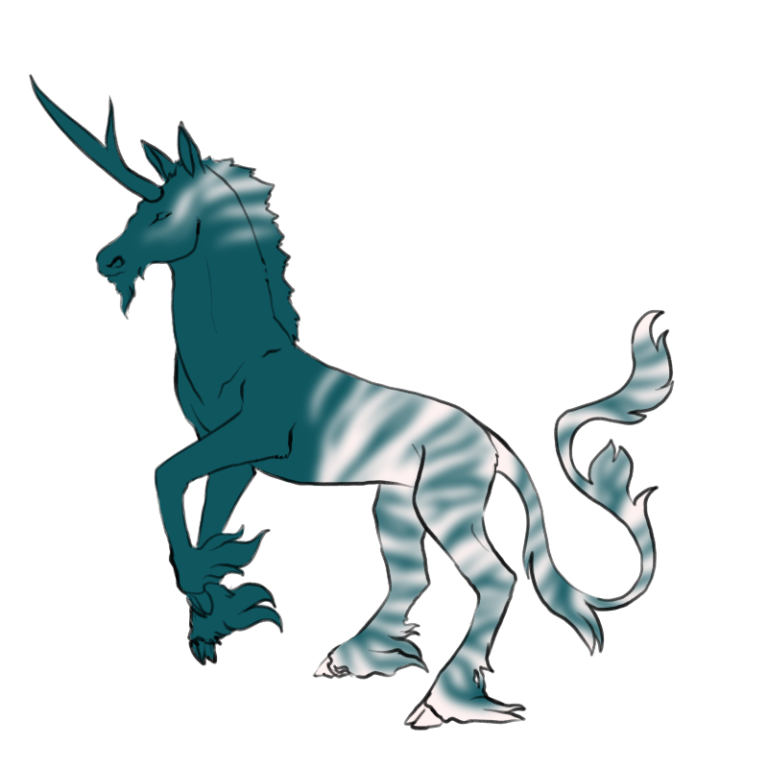
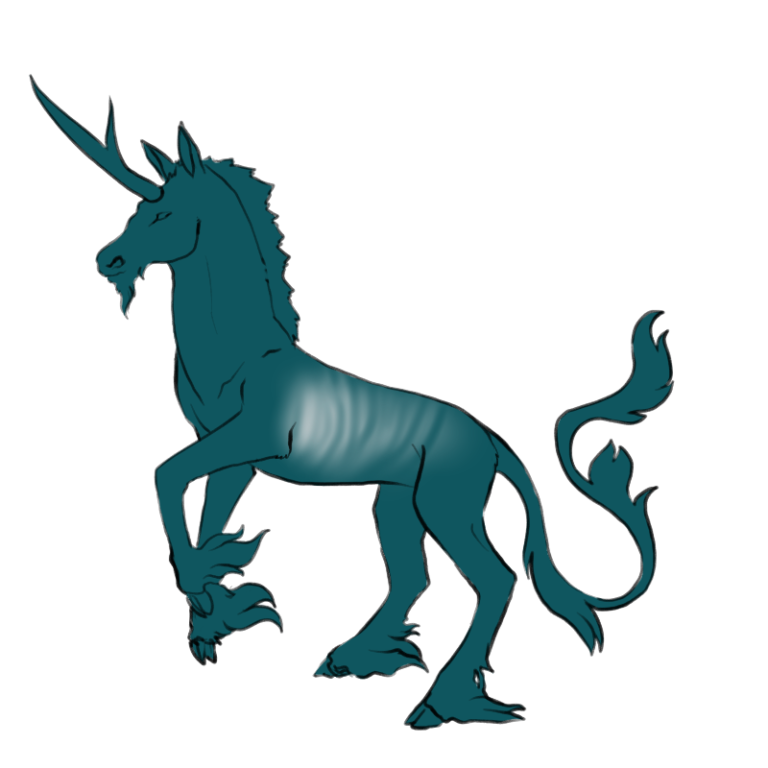 A dragon may be covered extensively in Rabicano. Here are two examples of Rabicano with large coverage and different textures, showing how Rabicano expresses on legs and wings:
A dragon may be covered extensively in Rabicano. Here are two examples of Rabicano with large coverage and different textures, showing how Rabicano expresses on legs and wings:

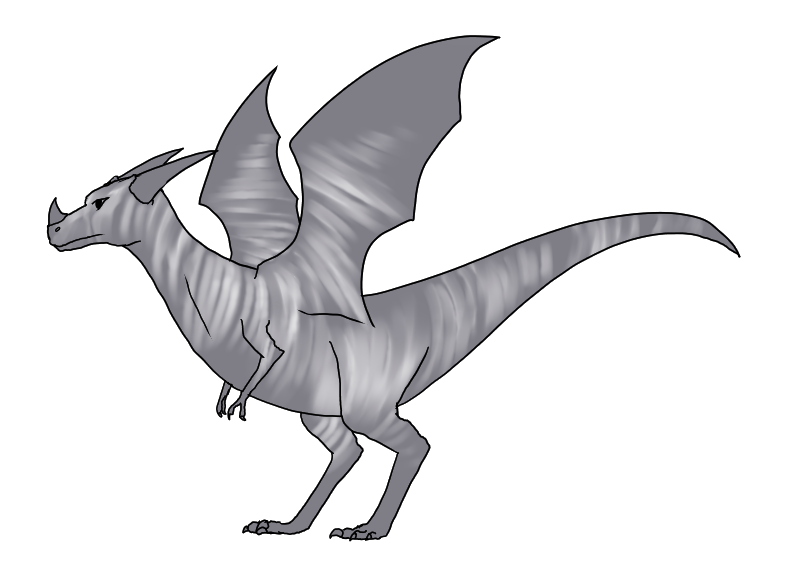
Some areas of Rabicano can have large gaps. These areas include the legs, tail, wings, and neck. Here is the soft example above with holes in those areas:

Here are some examples of what NOT to do for textures. These effects can be made using Striped or Zebra instead:
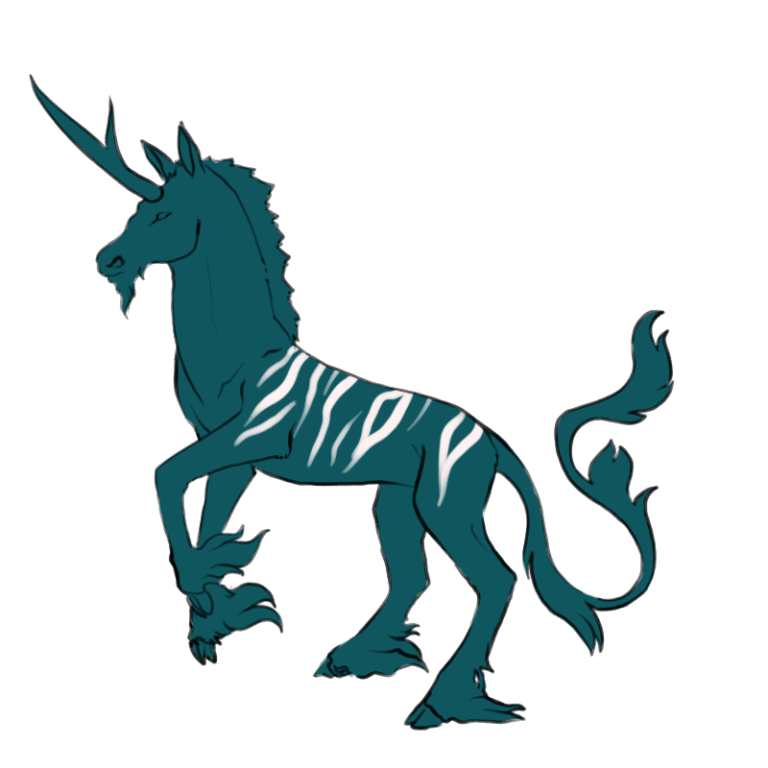
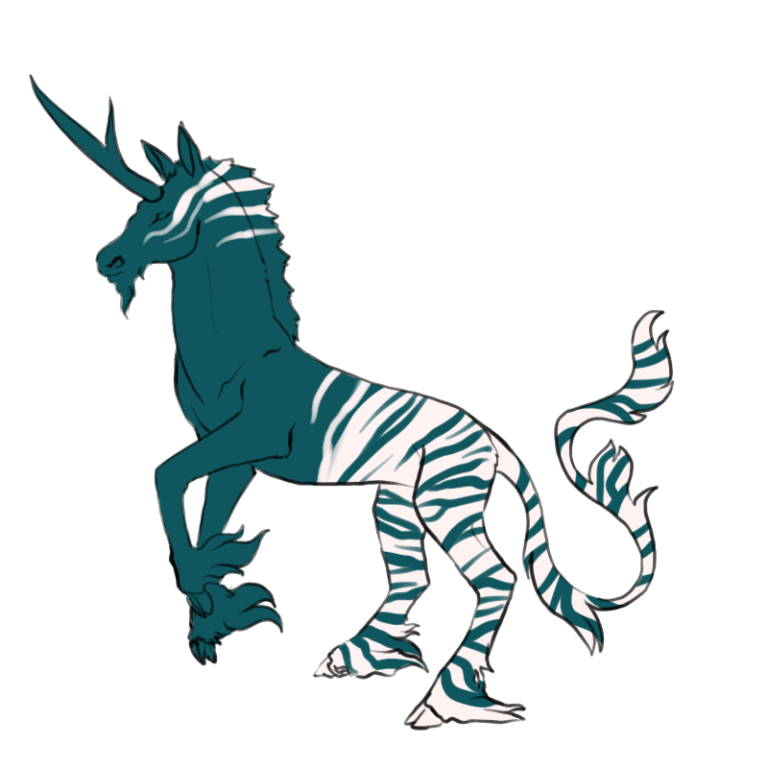
Color Rules
Rabicano will be always lighter than what lays beneath it, and the hue should be within elemental rules. Lighter refers to value, not saturation–so it can still be more vivid than what’s beneath it as long as it is a higher brightness value.
Layering Rules
This marking can go above or beneath other markings. It will not cover top layer markings.
Effect on Modifiers & Physical Traits
It may affect modifiers, skin, nails, ears, and similar things where it touches. On the wings, the stripes will always go from the arm to the bottom of the wing. It will never resemble barred.
Charged Rabicano
Charged Rabicano allows you to create a gradient of two colors across the markings. They must still follow elemental color rules, but they may be darker OR lighter OR both of those compared to the dragon’s base color. The dragon's rump, wing leather (or equivalent), and the upper part of its tail may be covered in a solid area of Rabicano. Nails, manes, claws, and similar traits may have lighter stripes in them even if Rabicano is not touching them.

